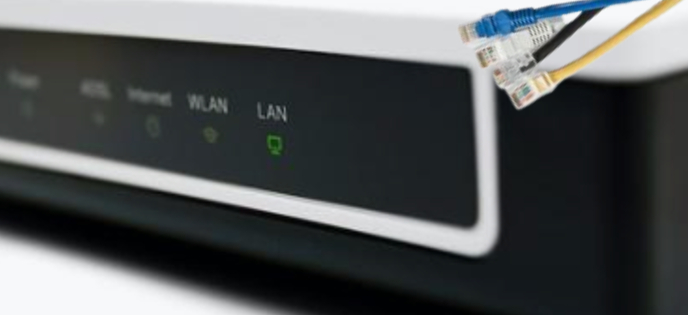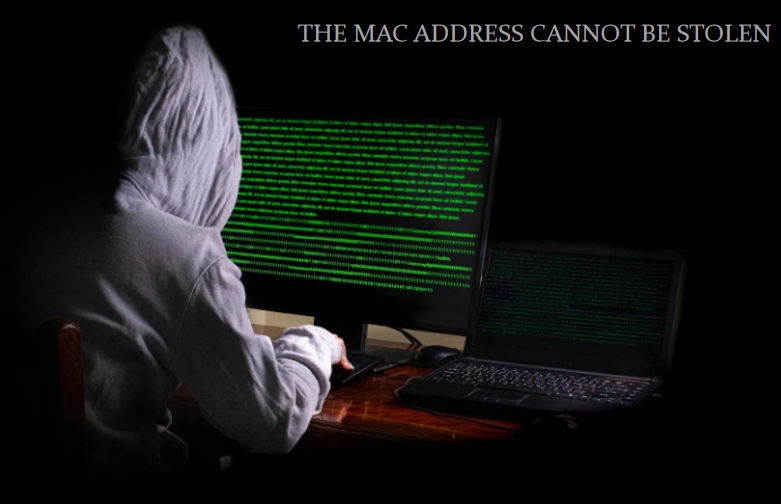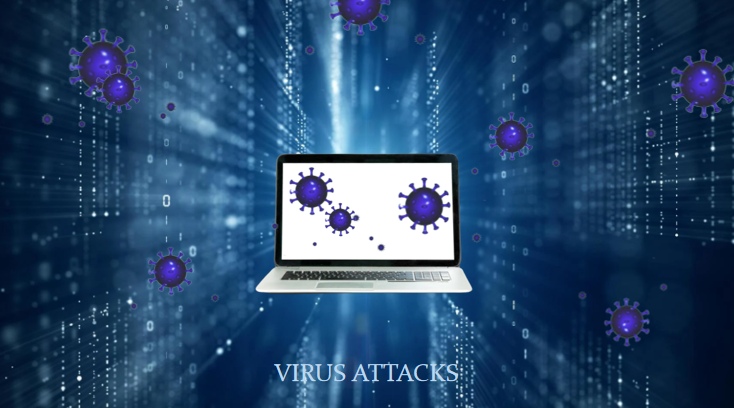What is the MAC address?
The full name of a MAC Address is Media Access Control Address. It is also sometimes referred to as LAN Address, Ethernet Address, or physical Address.
A MAC Address is a flash memory chip that is burned in a Network Interface Card when produced by the Network equipment manufacturer.
In the OSI model, the network layer at layer 3 is responsible for IP addresses, and the data link layer at layer 2 is responsible for MAC addresses.
The MAC address identifies a unique network adapter on a network. If a device has one or more network adapters, each network adapter must have a unique MAC address. Therefore, the MAC address is used to identify the location of the network device.
How does MAC address work?
Data packet transmission is a process in which packets on the network start from the initial point, constantly map the address of the target node to the MAC address of the intermediate node, and then start from the intermediate node until the final target node is found.
Let’s have a further look at this process.
According to the address of the target node, the initial node maps the IP address of the target node to the MAC address of the intermediate node to find the first intermediate node.
And then starts from the first intermediate nodes according to the IP address of the destination node map to the MAC address of the second intermediate node, so as to find the second intermediate node.
After the last intermediate node is found, the packets are mapped from the last intermediate node to the MAC address of the destination node according to the address of the destination node.
The packets will be sent to the target host through this process.
IP addresses and MAC addresses are associated by using the ARP(Address Resolution Protocol). ARP assigns network IP addresses to devices with corresponding MAC addresses. The switch can find the MAC address of the local device based on the IP address in the network.
When the data packet reaches the switch, the switch will see the destination IP address of the data packet and check whether there is a MAC address corresponding to the IP address in the machine.
If the MAC address record is found, the data packet will be forwarded to the device with the corresponding MAC address. If no MAC address corresponding to the IP address is found on the switch, the switch will forward the destination to the device with the corresponding MAC address based on ARP.
The MAC address cannot be stolen
Today, many users use LAN to group hosts together and then connect to the Internet through intermediate devices such as switches or routers.
Because of the large number of hosts in the LAN, the need to distinguish between devices arises when uploading and recycling data. At the same time, there is also a growing need to prevent IP address theft.
IP addresses are only logical identifiers that can be changed by anyone, so they cannot be used as a specific factor in identifying a device. But MAC addresses can do because it is solidified in the network card inside and is immutable.
The IP address is related to the MAC address. The MAC serves as the identity card to prove the identity.
So in theory, unless the network card is stolen, otherwise it cannot be counterfeited. Based on the characteristics of the MAC address, the LAN selects the MAC address to identify specific users.

In the process of communication, the MAC address and IP address are mapped one by one through the switch or router. When a packet is sent to a host on the LAN, the switch will receive the packet first and maps the IP address in the packet into a MAC address according to the switching table, and then the packet will be forwarded to the host with the corresponding MAC address.
In this way, even if a host steals the IP address, if the host does not have the corresponding MAC address, the packet will not be received. And the anti-theft mode of sending process and receiving process is the same.
Differences between a MAC address and an IP address
Both IP and MAC addresses are unique. However, IP addresses are equivalent to home addresses, while MAC addresses are equivalent to identity cards. So they’re different in some ways:
- The IP address can change, but the MAC address generally remains the same.
For a device on the network, such as a computer or a router, its IP address is assigned. On the same device or computer, it is easy to change the IP address, and users can easily obtain an IP address.
The MAC address, on the other hand, is written into the hardware by the manufacturer and generally cannot be changed. We can assign any IP address to a host or change the IP address as needed, but network devices (such as network adapters and routers) will have a MAC address once produced, and its MAC address cannot be changed by the configuration in the local connection.
But if something unexpected happens, for example, the computer network card is damaged, then after replacing the network card, the MAC address of the computer will also change.
- The length is different.
The IP address is 32 bits, and the MAC address is 48 bits (6 bytes). The value is usually 12 hexadecimal numbers. Every two hexadecimal numbers are separated by colons, for example, 08:00:20:0a: 8C: 6D.
- The distribution is different.
MAC addresses are assigned by the manufacturer, and IP addresses are assigned based on the network topology.
- The protocol layer is different.
IP addresses are applied to OSI Layer 3 (network layer), while MAC addresses are applied to OSI Layer 2 (data link layer).
The network layer protocol transfers data from one network to another, and the data link layer protocol transfers data from one node to another on the same link by MAC address.
MAC Address Conflict
What is a MAC conflict?
The uniqueness and immutability of MAC addresses have been described in the previous section. In this case, the MAC address cannot be repeated.
However, some netizens reported that they had encountered MAC address conflicts and were unable to access the Internet.
It means that two same MAC addresses were encountered when the packet was returned. In this case, MAC address theft occurs. This is caused by an ARP virus attack or a malicious attack. Your MAC address has been taken by a machine.
How to find my MAC address?
- Windows
First, press and hold down the “Start +R” keys on the keyboard.
Then enter “CMD” in the dialog box that is displayed.
Enter “ipconfig /all” in the command prompt window and press “Enter”. (The “ipconfig” command is to view the IP configuration information, and the parameter “all” indicates to view the configuration information of all net cards.)
The “physical address” is the MAC address.
- Os
Open the system preferences panel.
Select “Network”, and tap “Advanced”.
Switching to the hardware panel to view the line of MAC addresses.
How do I protect the MAC address?
- Binding a MAC address to a switch port is an effective defense.
However, only smart switches have the function of binding MAC addresses to ports. The widespread use of these devices is also expensive, so only a few people will spend a lot of money replacing their network equipment to avoid MAC address theft.
And binding port will also bring great inconvenience to the network management. The change of computer location will bring about the change of a port binding record, which increases a lot of management workload.
- When MAC address conflict occurs, you can use MAC address spoofing to enable your device to continue to access the Internet.
However, this way is not recommended. Because any changes you make can mess up the whole process of sending and receiving data, causing the router to stop recognizing your device, making the problem even worse.
The MAC address you change may be the same as that of other users, causing others to lose access to the Internet.
- Try to use VPN and Clon browser. Nip it in the bud and protect your MAC address from the start.
VPN can encrypt all your activities to prevent malicious attacks and the Clon browser is a product to protect your privacy. It can also provide you with high-quality privacy services so that your business and personal activities can become more secure.




 Jolian
Jolian August 20,2021
August 20,2021



